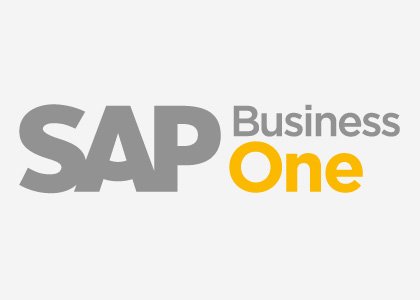Use SAP Business One and Get More Bank Loans – Faster!
By Dattatreya R.Kulkarni Posted July 27, 2017 | Benefits of SAP Business One, Finance & Accounts, Management

One of the biggest challenges faced by SMEs is access to credit or funds. Banks do extend this facility but are wary to take higher risk since SMEs are unable to build confidence in the bank’s mind about their financial viability, growth prospects, repayment capability etc. How do SMEs overcome this? The mantra is to be transparent with banks, share business information with them on time, in real time and every time.
Working capital finance in the form of cash credit against the security of hypothecation of stock and debtors is one of the most common modes of finance frequently adopted by various bankers. The borrowers in such cases are expected to submit the details of stock and debtors every month on the basis of which Drawing Power after reducing the prescribed margin is calculated by the banks.
Few SMEs are able to either sign up or extend already existing loans or cash credits as they fall short on their capability to submit the required information to banks accurately & in a timely fashion. Reasons for such non-compliances could be many ranging from owners’ attitude towards compliance in general, or company staff’s incompetence or lack of accurate business information. Most, if not all, SMEs are unable to submit accurate information to banks primarily due to lack of systems and processes. For a large majority, support processes are handled manually with minimum use of reliable form information technology leading to inaccurate data.
Manual processes and the associated record keeping are subject to risks of human errors, duplication of work, mismatching information about the same transaction as recorded by two different departments and so on. To top this all up, it takes quite some time to come out with meaningful reports. In today’s world, information not received on time is as bad as not having the information. Needless to say, banks that have extended credit to the company are also on the receiving end of this situation. This problem can be, amongst of host of many other challenges, can be easily resolved if SMEs start using SAP Business One, which is an ERP application developed by SAP SE especially for this segment. Using SAP Business One, users from various departments can enter relevant transactional information in the very same system in real time and can refer to the data at any point in time by a click of the mouse.
SAP Business One while being a flexible application provides a multitude of tools using which it can prevent the users from committing mistakes as well. It provides for a make-checker system as well to ensure that critical transaction entries are validated by concerned authority before being final posted into the system. Every customer that the company deals with is recorded as a Business Partner (BP) in SAP Business One in the form of BP master data. This master data not only stores useful information like address, contact details, bill to address, ship to address, payment terms etc. but also provides a view to the account balance at any point in time. By simply clicking the drill down arrow, one can see a list of all transactions including invoices raised, money received, credit notes issued etc. Nobody has to enter this information for the sake of it but the system extracts this information automatically from the relevant transactions. For example, when the dispatch team creates an invoice in line with goods to be delivered, system automatically posts the debit entry to the customer’s account. Same is the case when the accounts person makes an entry of payment receipt from the customer.


